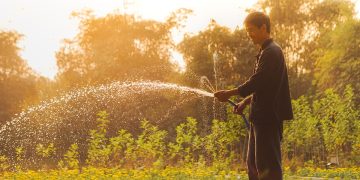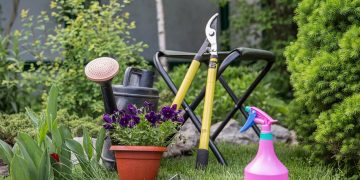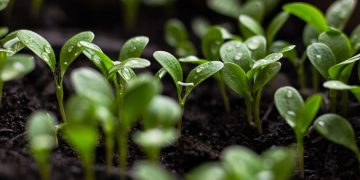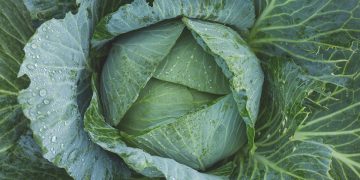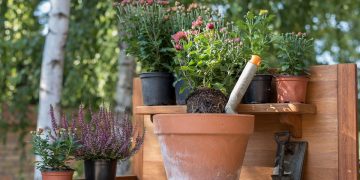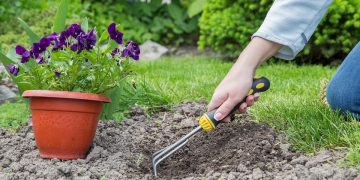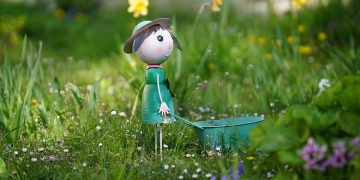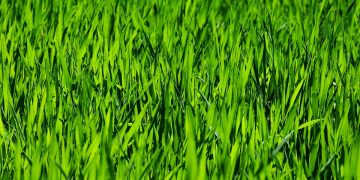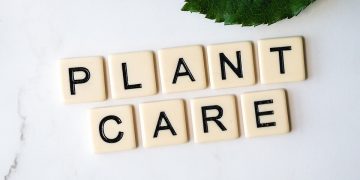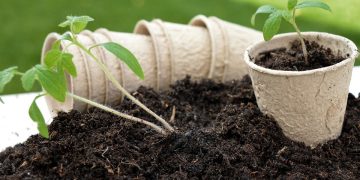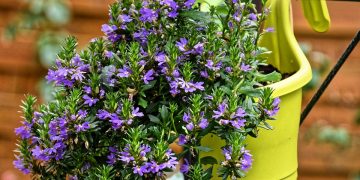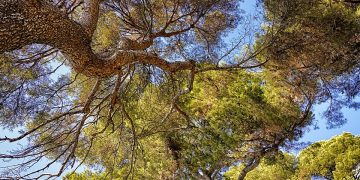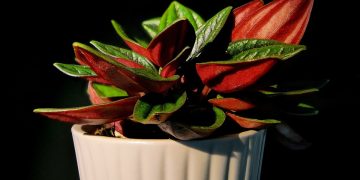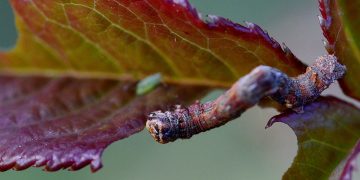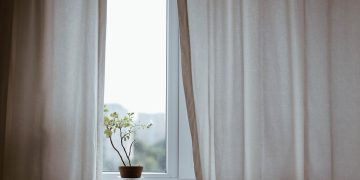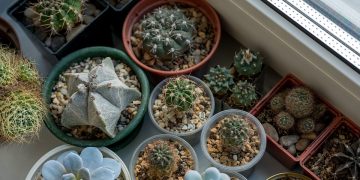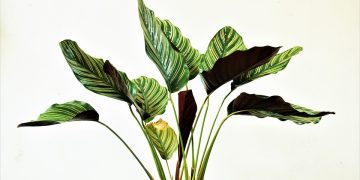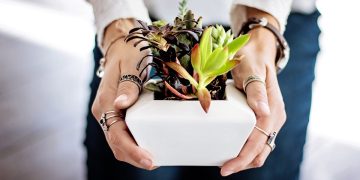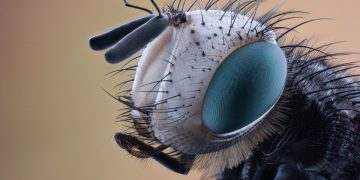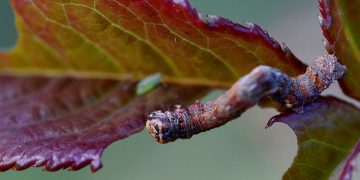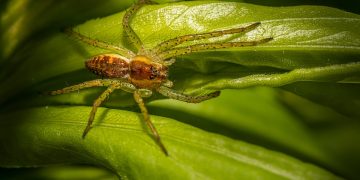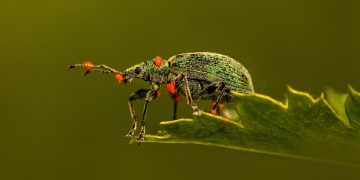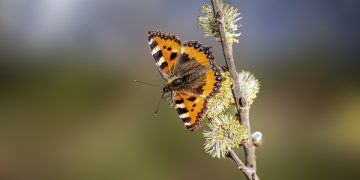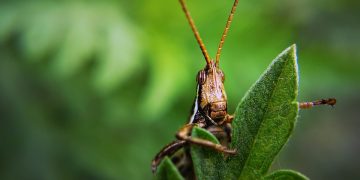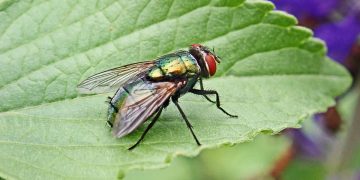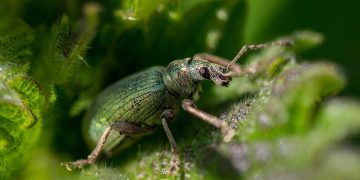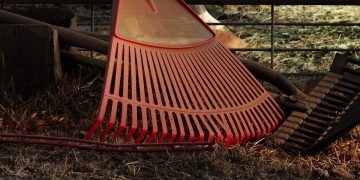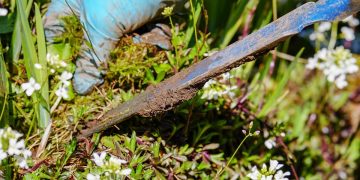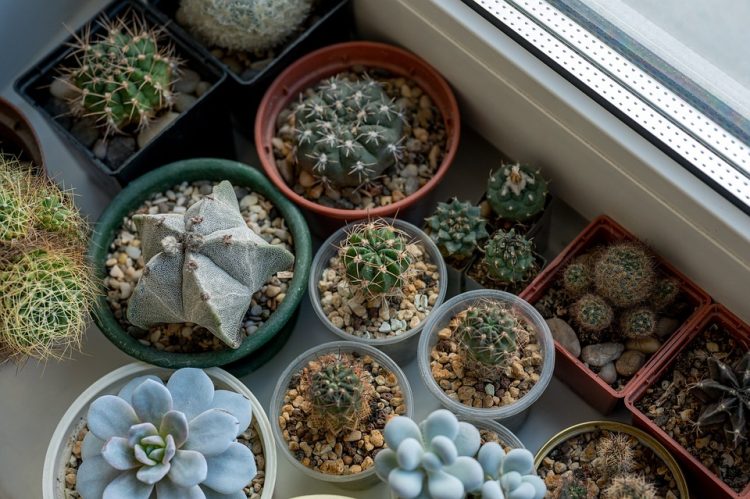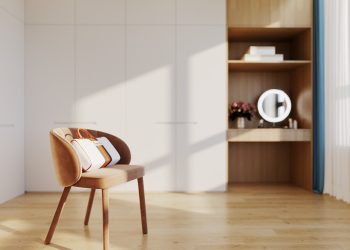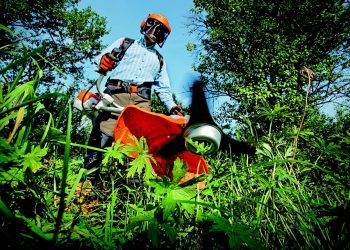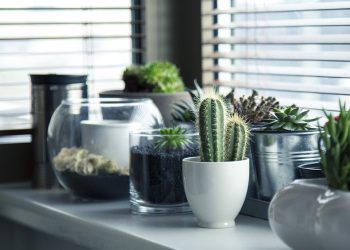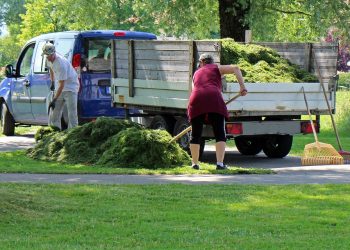Thriving in the Shadows: The Secrets to Successful Indoor Plant Growth
Indoor plants have become increasingly popular in recent years, as people seek to bring a touch of nature into their homes and offices. However, growing plants indoors can be challenging, especially if you don’t have access to ample natural light. Many plant enthusiasts struggle to keep their indoor plants thriving in the shadows, but with the right knowledge and techniques, you can successfully grow lush, healthy plants indoors.
The Importance of Light for Indoor Plants
Light is one of the most crucial factors for plant growth, as it plays a vital role in photosynthesis. Without sufficient light, plants cannot produce the energy they need to thrive. While some plants are more tolerant of low light conditions than others, most indoor plants still require a certain amount of light to survive. When growing plants indoors, it’s essential to understand the different types of light and how they can impact your plants.
Choosing the Right Plants for Low Light Conditions
When selecting plants for indoor growth, it’s essential to choose varieties that are well-suited to low light conditions. Some plants, such as snake plants, pothos, and peace lilies, are known for their ability to thrive in low light environments. These plants are excellent choices for beginners or those with limited access to natural light. Additionally, consider placing your plants near windows or in rooms with bright, indirect light to help them thrive.
Supplementing Light with Artificial Lighting
If you find that your indoor plants are not receiving enough natural light, consider supplementing with artificial lighting. LED grow lights are an excellent option for indoor plant growth, as they provide a full spectrum of light that mimics natural sunlight. Position the grow lights above your plants and adjust the height as needed to ensure they receive adequate light. Be sure to research the specific light requirements of your plants to determine the best lighting schedule for optimal growth.
Proper Watering and Humidity Levels
In addition to light, proper watering and humidity levels are essential for indoor plant growth. Overwatering can lead to root rot and other issues, while underwatering can cause plants to wilt and die. Be sure to water your plants according to their specific needs, and consider using a humidity tray or misting regularly to maintain optimal humidity levels. Monitor the soil moisture and adjust your watering schedule as needed to keep your plants healthy and thriving.
Choosing the Right Soil and Containers
The type of soil and containers you use can also impact the growth of your indoor plants. Choose a well-draining potting mix that is rich in organic matter to provide the necessary nutrients for your plants. Additionally, select containers with drainage holes to prevent water from pooling at the bottom and causing root rot. Consider repotting your plants as they grow to ensure they have enough space to thrive and develop healthy root systems.
Regular Maintenance and Care
Finally, regular maintenance and care are essential for the success of your indoor plants. Monitor your plants for signs of pests, disease, or nutrient deficiencies, and take prompt action to address any issues that arise. Prune your plants as needed to promote healthy growth and remove any dead or damaged foliage. Additionally, rotate your plants periodically to ensure they receive even light exposure and grow evenly.
Conclusion
Growing indoor plants in low light conditions can be challenging, but with the right knowledge and techniques, you can successfully cultivate lush, healthy plants. By choosing the right plants, supplementing with artificial lighting, maintaining proper watering and humidity levels, selecting the right soil and containers, and providing regular maintenance and care, you can create a thriving indoor garden that brings beauty and tranquility to your home or office. With dedication and attention to detail, you can enjoy the benefits of indoor plant growth and create a green oasis in even the darkest of spaces.

